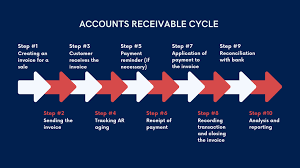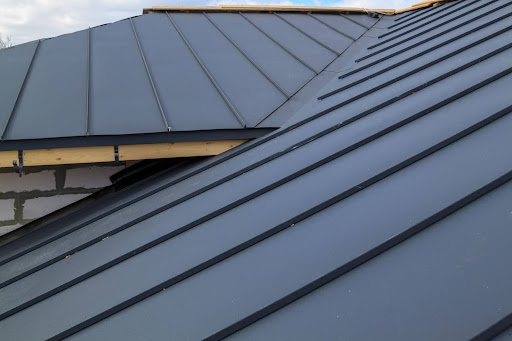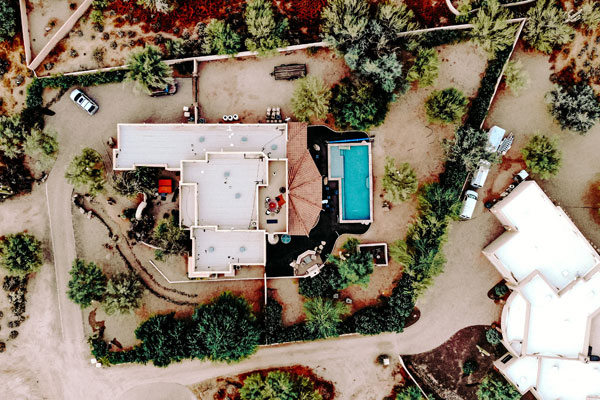A bathroom renovation is one of the most rewarding investments you can make in your home—but it’s also one of the most complex. For many Australians, the process starts with excitement and inspiration, but quickly turns stressful once unexpected costs start piling up.
The truth is, bathroom renovations cost more than just tiles and tapware. Without a solid plan in place, it’s easy to overspend or run into delays. However, with the right planning from the outset, you can make your bathroom renovation more predictable, efficient, and cost-effective.
Understanding the Real Bathroom Renovations Cost
The cost of a bathroom renovation in Australia can range anywhere from $10,000 to over $30,000, depending on the size of the space, the quality of materials, and the complexity of the work involved. While most homeowners have a rough budget in mind, many overlook the hidden costs that creep in due to poor planning.
Some of these include:
- Unexpected plumbing or electrical issues
- Non-compliant waterproofing
- Poor layout choices that require rework
- Unplanned changes mid-project
- Delays from product availability or scheduling conflicts
With proper planning, these surprises can be avoided—or at the very least, accounted for in advance.
1. Set a Clear and Realistic Budget
One of the first and most crucial steps in planning is to set a realistic budget based on current market rates. Many homeowners create a budget based on the cost of visible items like tiles, tapware, and vanities—but forget to factor in:
- Labour costs (usually 40–60% of the total)
- Demolition and rubbish removal
- Plumbing and electrical upgrades
- Waterproofing and tiling
- Compliance certificates and permits
Creating a detailed budget that includes every line item helps you stay in control of your bathroom renovations cost and avoid blowouts.
2. Engage Qualified Professionals Early
Working with experienced and licensed professionals from the beginning can actually save you money in the long run. Designers, builders, and trades can help you:
- Avoid layout or design errors
- Ensure your renovation complies with Australian building codes
- Source cost-effective, quality materials
- Anticipate any potential structural or plumbing issues
A skilled professional can spot budget risks early and offer solutions that align with your vision and your wallet.
3. Finalise the Design Before Work Begins
Many budget issues during a bathroom renovation stem from last-minute design changes. Whether it’s switching from chrome to matte black tapware or relocating the toilet, each change adds time and money to the project.
By finalising your design early—down to the fittings and finishes—you’ll:
- Reduce the risk of variations
- Avoid delays from reordering or rework
- Streamline the trades’ workflow
The more decisions you make upfront, the more predictable your bathroom renovations cost becomes.
4. Plan for Compliance and Certification
In Australia, bathroom renovations must meet strict standards for waterproofing, plumbing, and electrical safety. Failing to comply can lead to fines, damage, or even voided insurance.
Planning ahead ensures you:
- Hire licensed tradespeople for certified work
- Arrange for required inspections or permits
- Include compliance fees in your budget
This avoids last-minute scrambling—and associated costs—later in the renovation process.
5. Schedule Materials and Trades in Advance
One common oversight is not ordering materials early enough. Delays in tiles, vanities, or fittings can stall your entire project and lead to unexpected accommodation costs or rescheduling fees.
With proper planning, you can:
- Order all materials before demolition starts
- Confirm trades availability in sequence
- Avoid downtime between project stages
This level of organisation reduces stress, shortens the renovation timeline, and keeps costs under control.
6. Don’t Forget the Contingency
Even with the best planning, unexpected issues can still arise—especially in older homes. That’s why it’s essential to build a contingency buffer of 10–15% into your budget.
Common surprises include:
- Hidden water damage
- Mould or asbestos
- Plumbing upgrades
- Rotten floorboards or wall studs
Factoring in a contingency doesn’t just protect your budget—it gives you peace of mind during the renovation.
7. Prioritise Value Over Trend
A carefully planned renovation focuses on value—not just appearance. While it’s easy to get caught up in trends, some choices offer better long-term returns than others.
Prioritise:
- Energy-efficient fittings
- Timeless tile colours
- Smart storage solutions
- Durable materials
This kind of planning ensures your renovation looks great, performs well, and holds its value for years to come.
When it comes to managing and controlling bathroom renovations cost, good planning isn’t just helpful—it’s absolutely essential. Too often, homeowners dive into renovations without a detailed plan, and the result is a budget that spirals out of control, unexpected delays, and compromises on quality. While renovating a bathroom is a worthwhile investment, it also comes with layers of complexity—from waterproofing and plumbing to layout design and compliance with Australian standards.
Setting a realistic budget is the first and most crucial step. It allows you to make informed decisions, choose quality materials that offer long-term value, and avoid the temptation to cut corners. A well-thought-out budget not only reflects your design aspirations but also accounts for practical expenses—like demolition, labour, compliance certificates, waste removal, and contingency funds for the unexpected. Simply put, budgeting wisely lays the foundation for a successful and stress-free renovation.



